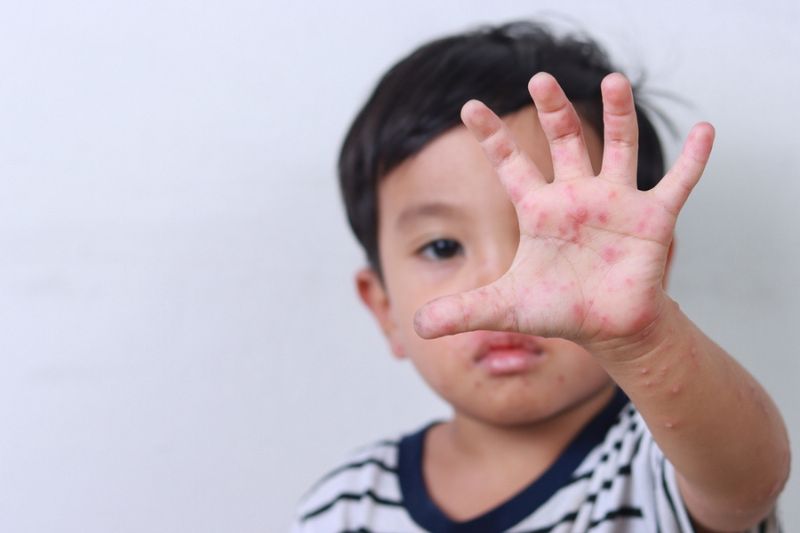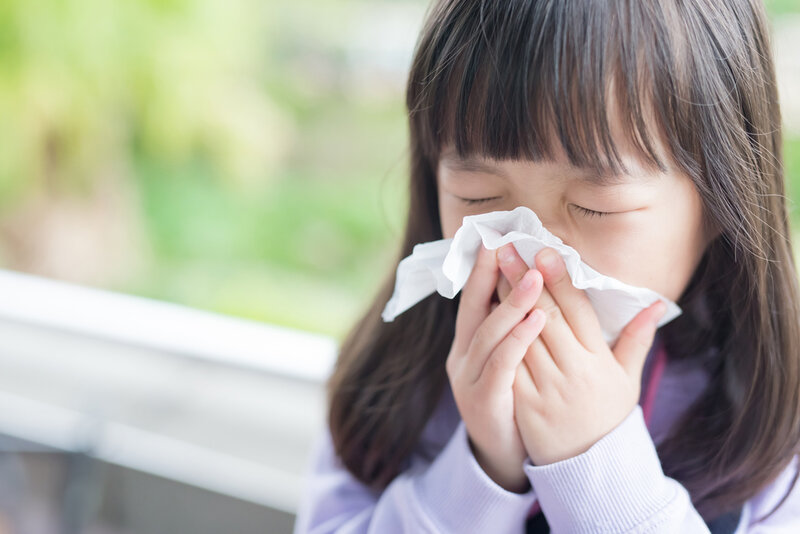Hand, Foot, and Mouth (HFM) is a common viral illness that primarily affects young children. While it can be distressing for parents to witness their little ones experience symptoms such as fever, blisters, and sores, it is important to remember that HFM is usually a mild and self-limiting condition.
Understanding Hand, Foot, and Mouth
Hand, Foot, and Mouth is caused by the Coxsackievirus, most commonly the strain called Coxsackievirus A16. It spreads easily through direct contact with an infected person’s saliva, mucus, or faeces. This is why outbreaks often occur in settings where young children are in close proximity, such as daycares and schools.
The symptoms of HFM typically start with a mild fever, sore throat, and a general feeling of malaise. After a few days, small red spots or blisters may appear on the palms of the hands, soles of the feet, and inside the mouth. These blisters can be painful, making it uncomfortable for children to eat, drink, and swallow. It is important to note that while the blisters may look alarming, they are not usually a cause for serious concern.
Managing Hand, Foot, and Mouth
When a child is diagnosed with HFM, the focus of management is primarily on relieving symptoms and preventing the spread of the virus. Here are some practical steps parents can take:
- Promote comfort: Encourage your child to drink plenty of fluids to prevent dehydration. Cold foods, such as ice lollies or smoothies, can help soothe a sore throat. Over-the-counter pain relievers, such as paracetamol or ibuprofen, may be used to alleviate fever and discomfort, but always consult with a healthcare professional before administering any medication to your child.
- Maintain good hygiene: Since HFM is highly contagious, it is crucial to practise good hygiene to prevent its spread. Teach your child to wash their hands frequently with soap and water, especially after using the toilet or before eating. Disinfect surfaces and toys regularly, and avoid sharing utensils, cups, and towels.
- Provide symptom relief: To ease discomfort, you can use over-the-counter oral gels or sprays that contain a local anaesthetic to numb the sore mouth. Avoid acidic or spicy foods that can irritate the blisters. Soft foods such as yoghurt, mashed potatoes, and porridge are generally well-tolerated.
- Isolate your child: During the acute phase of the illness, it is advisable to keep your child at home to prevent the spread of the virus to others. Most children with HFM can return to school or daycare once the fever has subsided and the blisters have started to heal.
Hand, Foot, and Mouth may cause distress for both parents and children, but it is important to remember that it is generally a mild illness that resolves on its own within a week or two. By following good hygiene practices, providing comfort measures, and seeking medical advice when necessary, parents can help their children navigate through this uncomfortable phase. Remember, with proper care and attention, Hand, Foot, and Mouth can be managed effectively, allowing children to resume their normal activities in no time.
Related content:
Vaccination Schedule for Kids in Hong Kong









